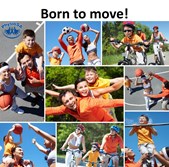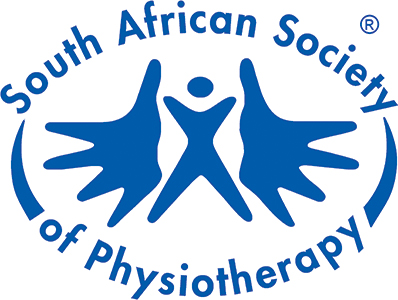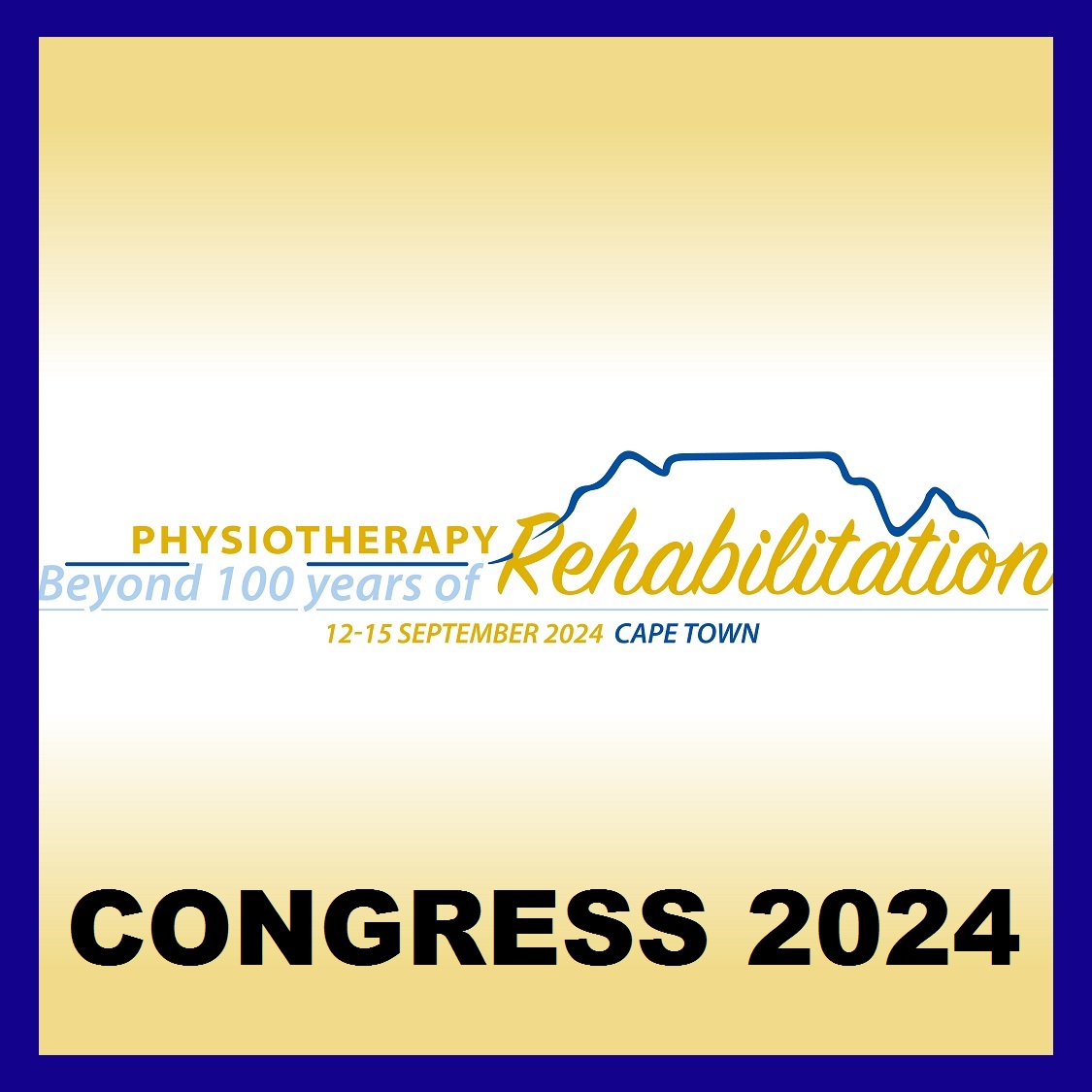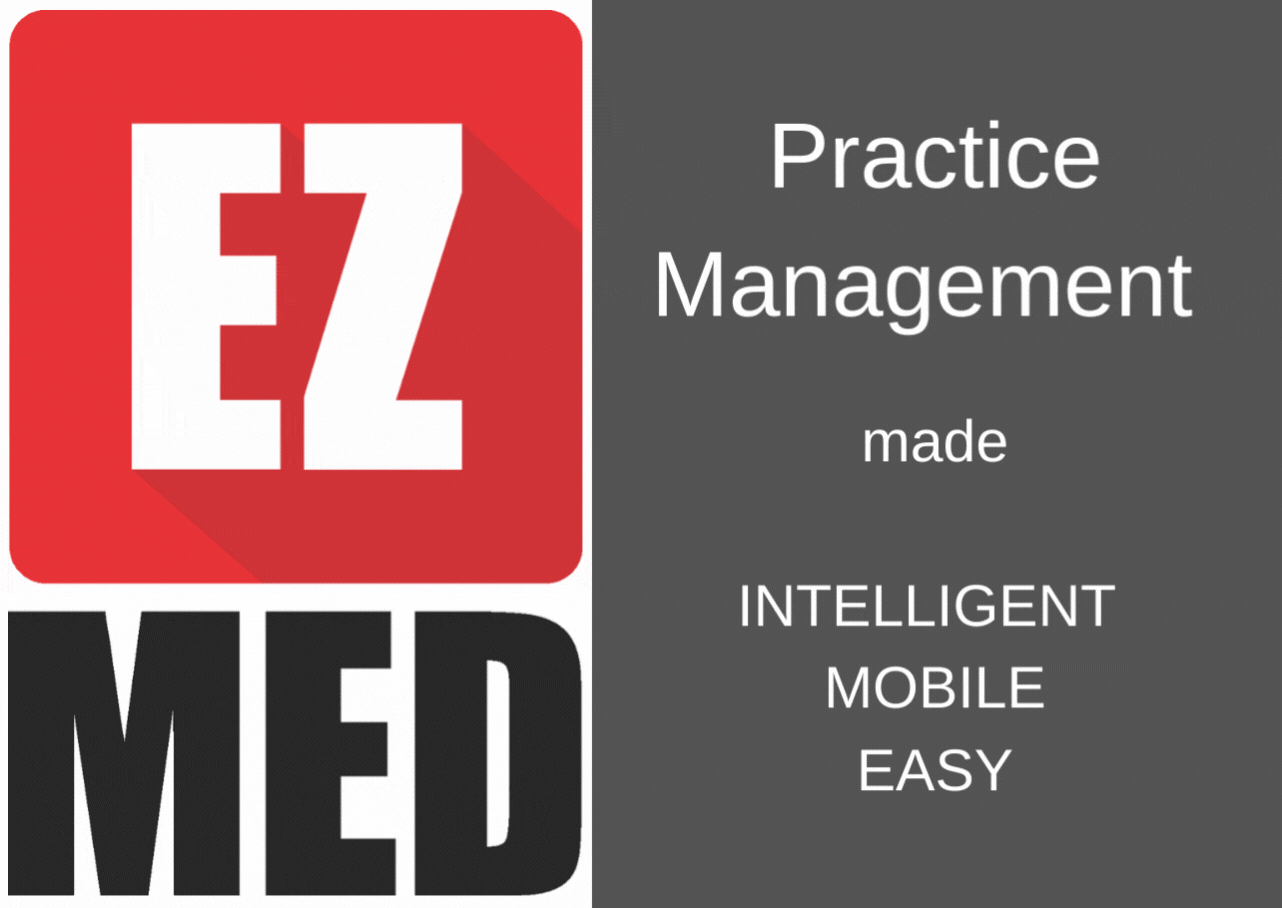
Born to move
Why we celebrate Movement for Good Health rather than Exercise for Good Health
Are you interested in maintaining health and well-being lifelong? Then you’ve probably read hundreds of articles about how crucial exercise is to fitness, and likely try to do some exercise most days of the week – an hour at gym here, a run or cycle, or daily half-hour walks with the dog. Your muscles are toned, your blood pressure is under control and your skin is probably of a good colour.
But what about your NEAT? Non Exercise Activity Thermogenesis, (NEAT) or energy expenditure that’s associated with spontaneous movement, not planned physical exercise. Children are brilliant at it, fidgeting and wriggling and bouncing; so are people living with the pressures of under-resourced lives: people who must walk long distances to get to transport or see friends, who can’t just heat and eat but must cook from scratch, pounding, chopping, vigorously stirring, who have to walk to the long drop and back whenever nature calls.
A few years back, we all heard that “sitting is the new smoking”. Sitting, we were told, made our muscles and blood vessels sluggish and unhealthy, even if we rushed off after a day sitting to grab an hour at gym. We should stand more, and those of us who could invested in standing desks that gave us that option.
But it turns out that that’s not all there is to it. “Our bodies are designed for constant movement,” says Professor Witness Mudzi, President of the South African Society of Physiotherapy. “We even move while sleeping. It’s the regular movement that creates optimal health for everything from joints to blood vessels.”
When you measure the impact small movements make, energy expenditure can vary between two people of similar size and height by over 8000 kilojoules, according to Dr James Levine, one of the scientists who first described NEAT. A cashier may be seated much of the day, but is constantly turning, pushing product, bending – a lot more activity than the office worker hunched over a screen and pushing a mouse or pounding a keyboard at best.
“The good news is that you can learn the habits of a ‘fidgety’ person,” says Professor Mudzi. His suggestions include:
- Have a stress ball on your desk, so you can squeeze it as you talk on the phone.
- Walk down the corridor if you need info from a colleague instead of emailing.
- If you need to have a phone chat, get up and walk while chatting.
- Take the stairs instead of the lift.
- Park at a distance from your destination, whether that’s the shops or the library.
- Turn dinner into a family affair and cook from scratch (good for your physical and psychological health in many ways). “Peeling, chopping, grating, beating, these actions all work muscles in beneficial ways,” says Professor Mudzi.
- Do your own housework as much as possible – washing walls and pushing mops are great movement tactics.
- Make a habit of moving even when you’re still: clench your toes and ‘circle’ your feet while watching TV; do scissors leg exercises on the bed while reading.
- Have fun with your children – nothing like robust physical play to get the blood moving!
“Formal exercise is a major tool of physiotherapy, a way we help people to overcome pain and disability,” says Professor Mudzi. “But we recognise that constant movement is something the healthy body needs, like water and air, which is why we celebrate Movement for Good Health Day on 10 May!”
For more information, or to find a physiotherapist near you, go to www.saphysio.co.za.
Back






